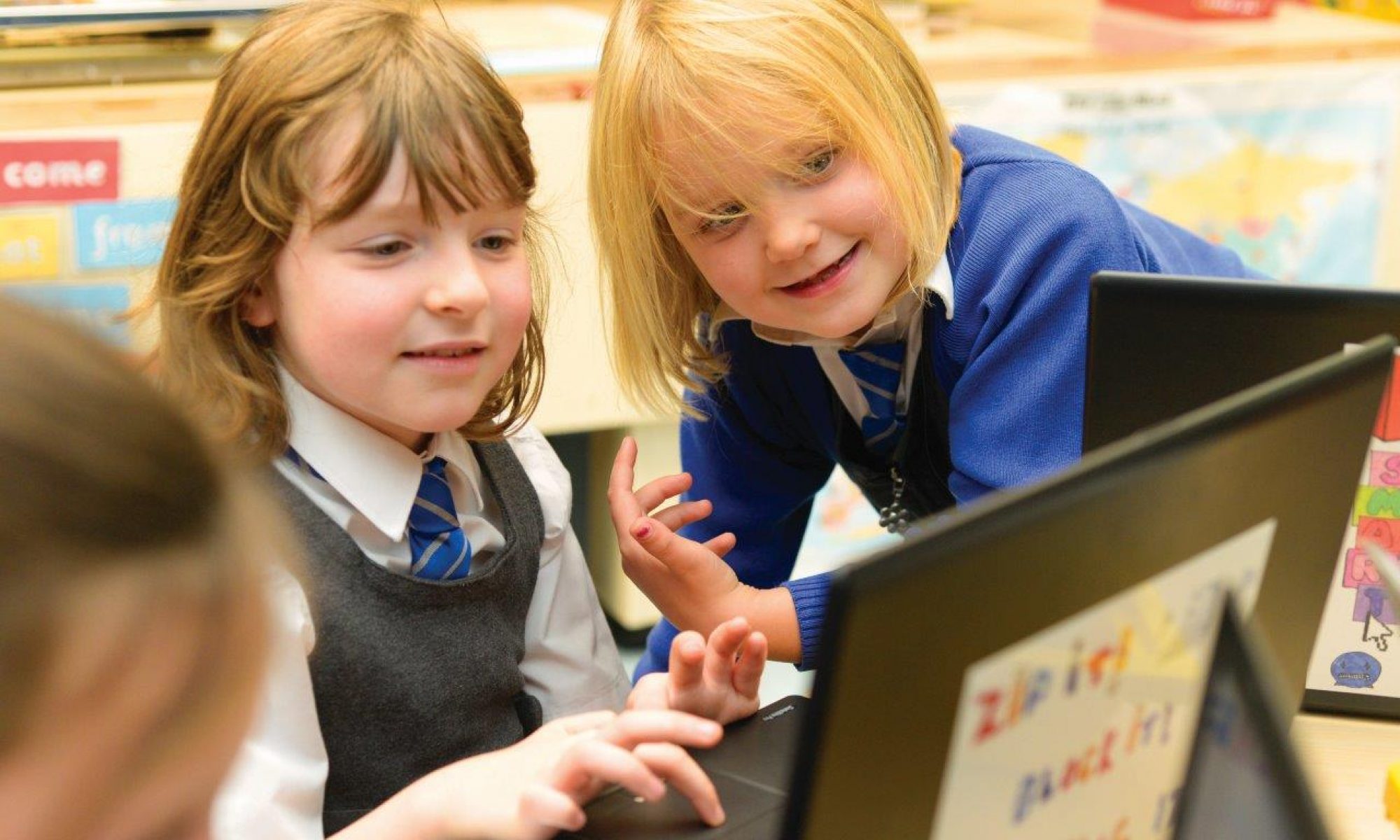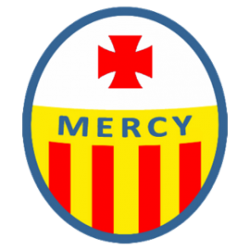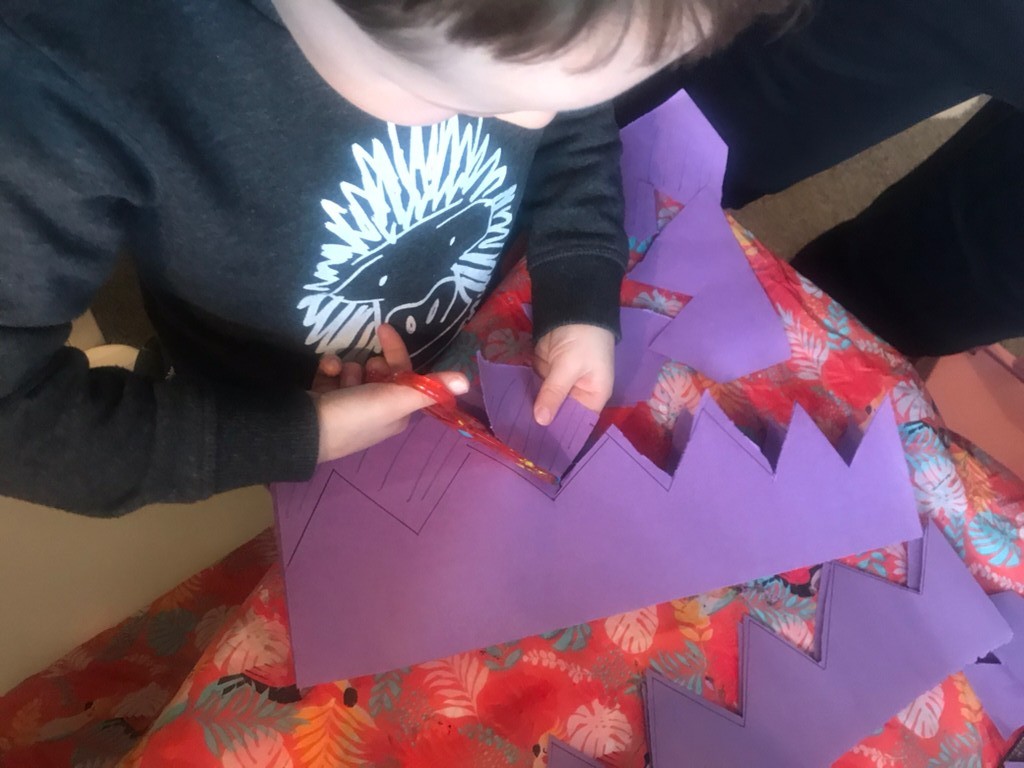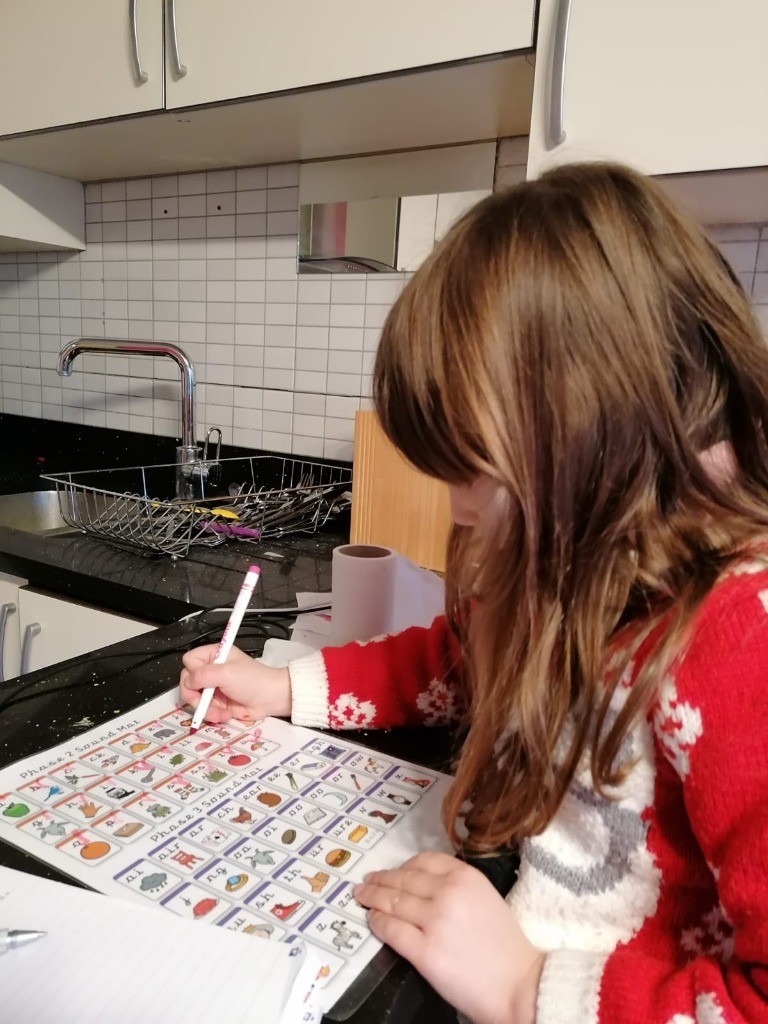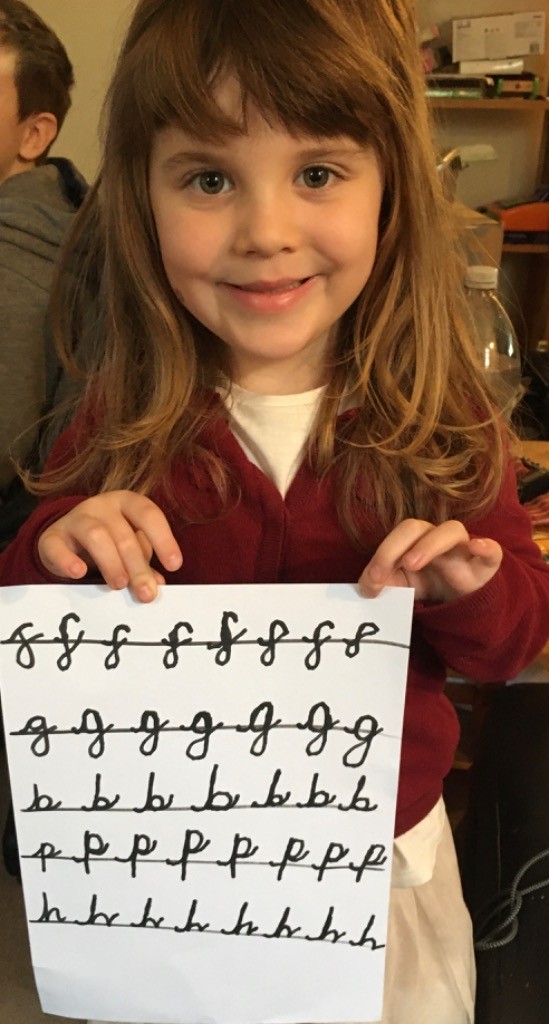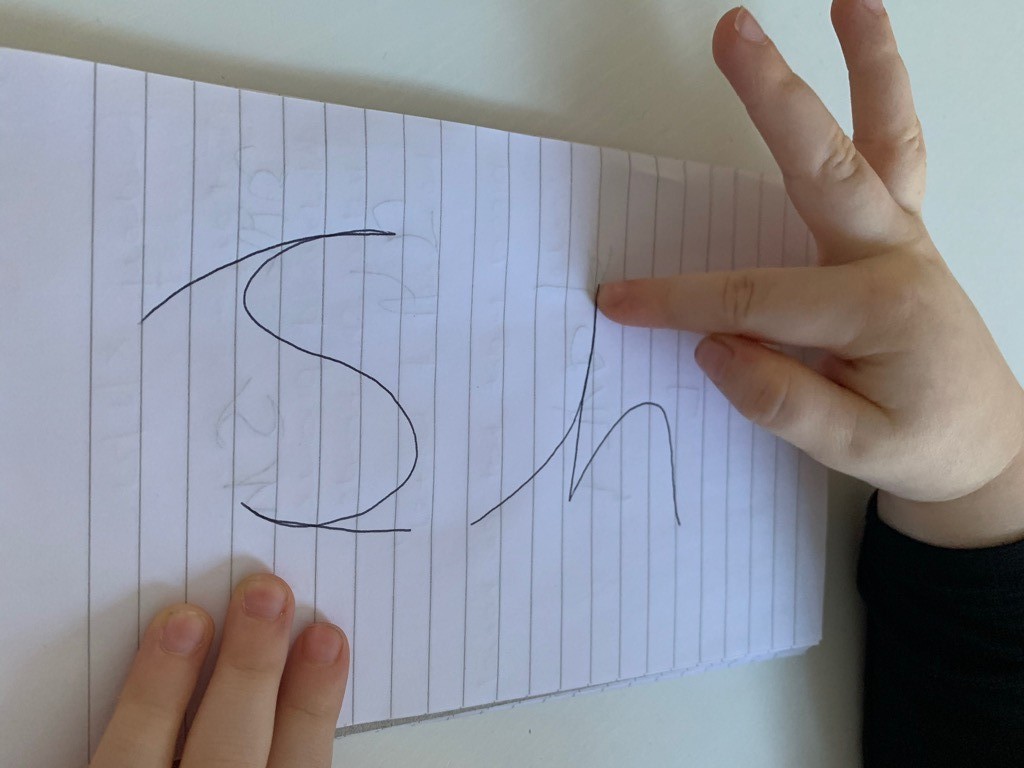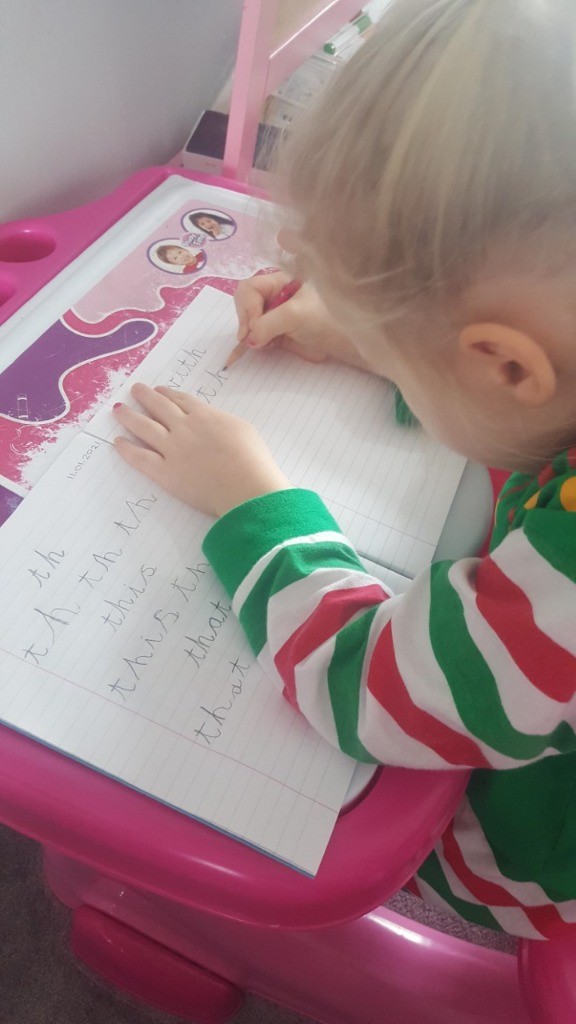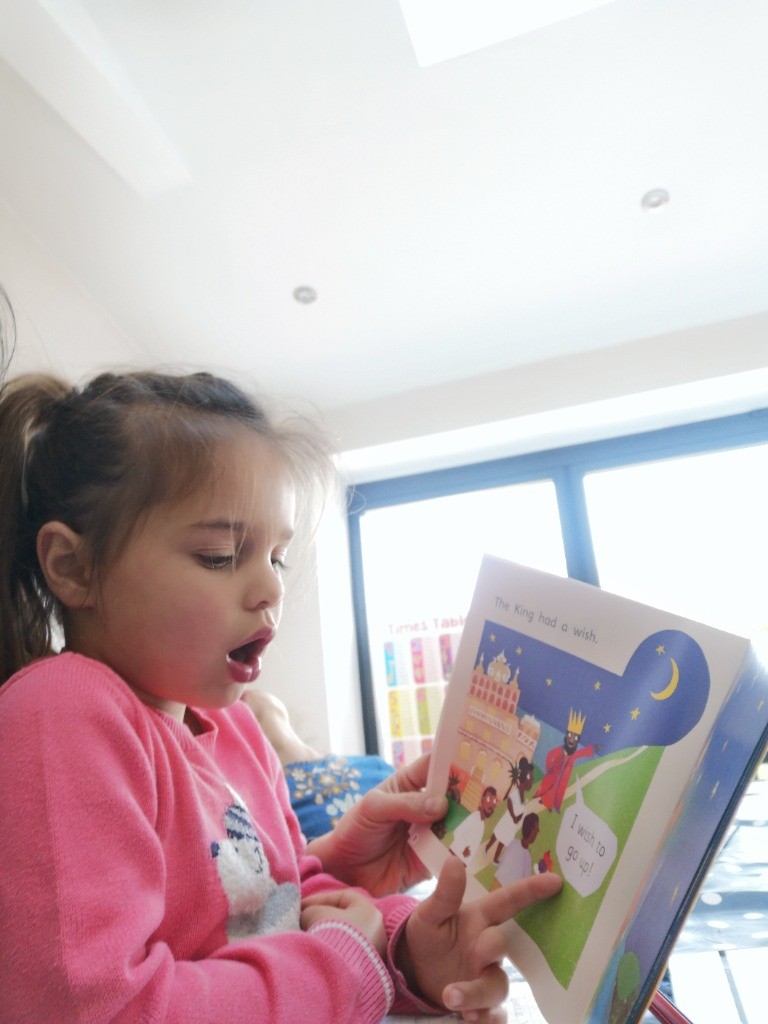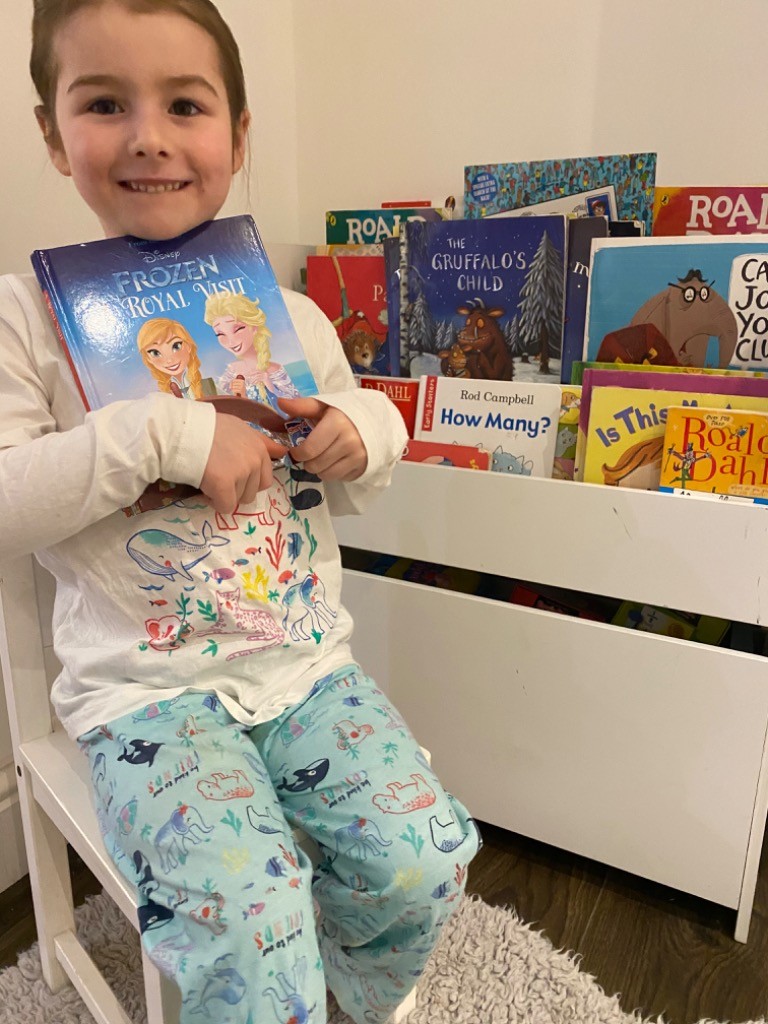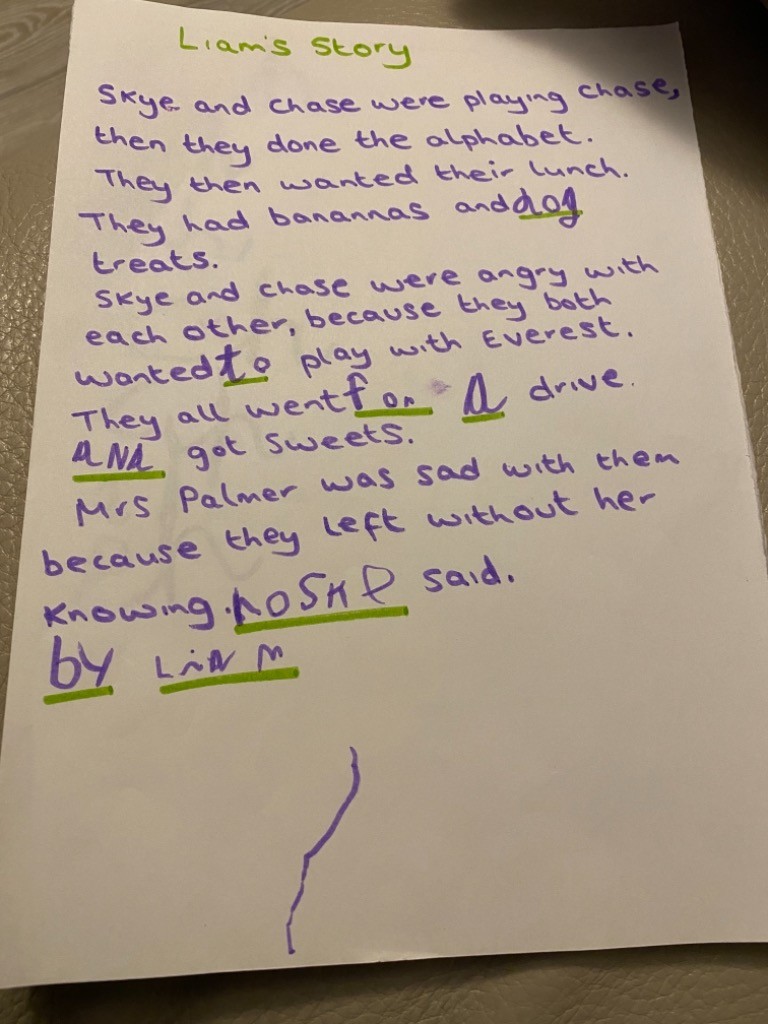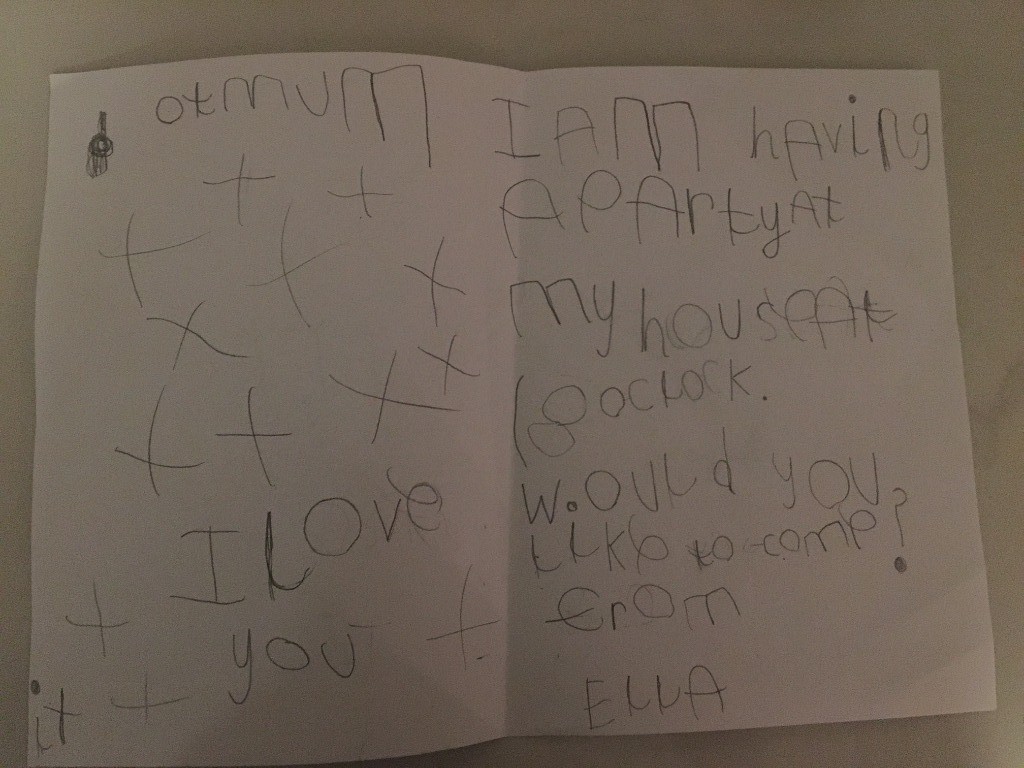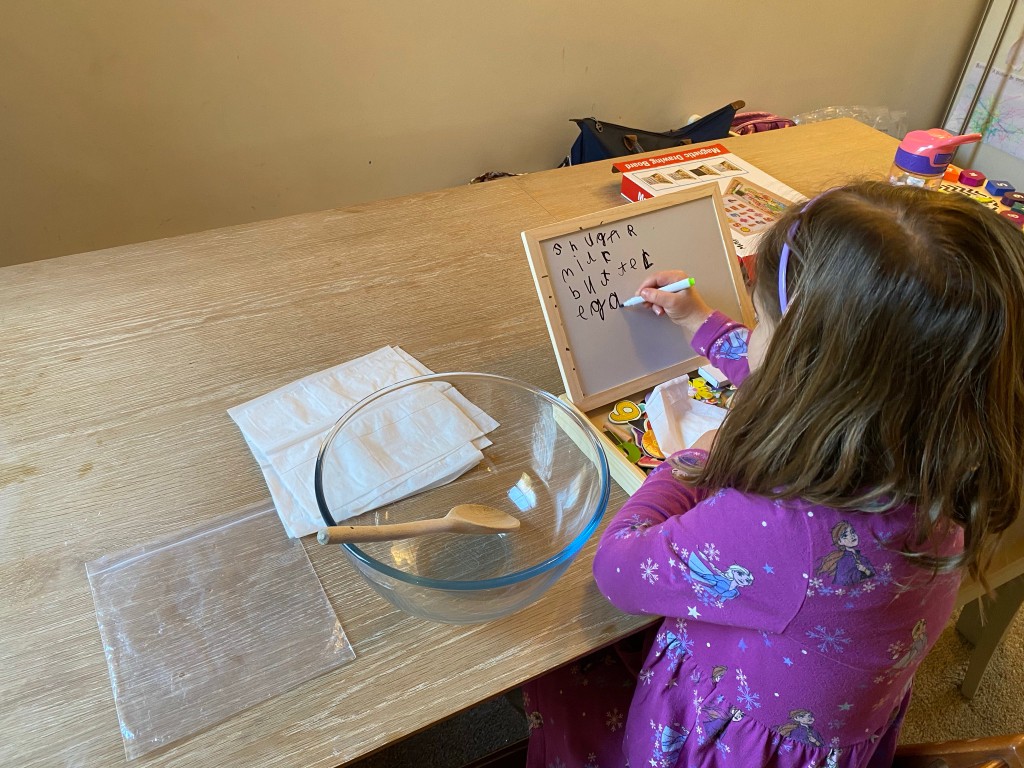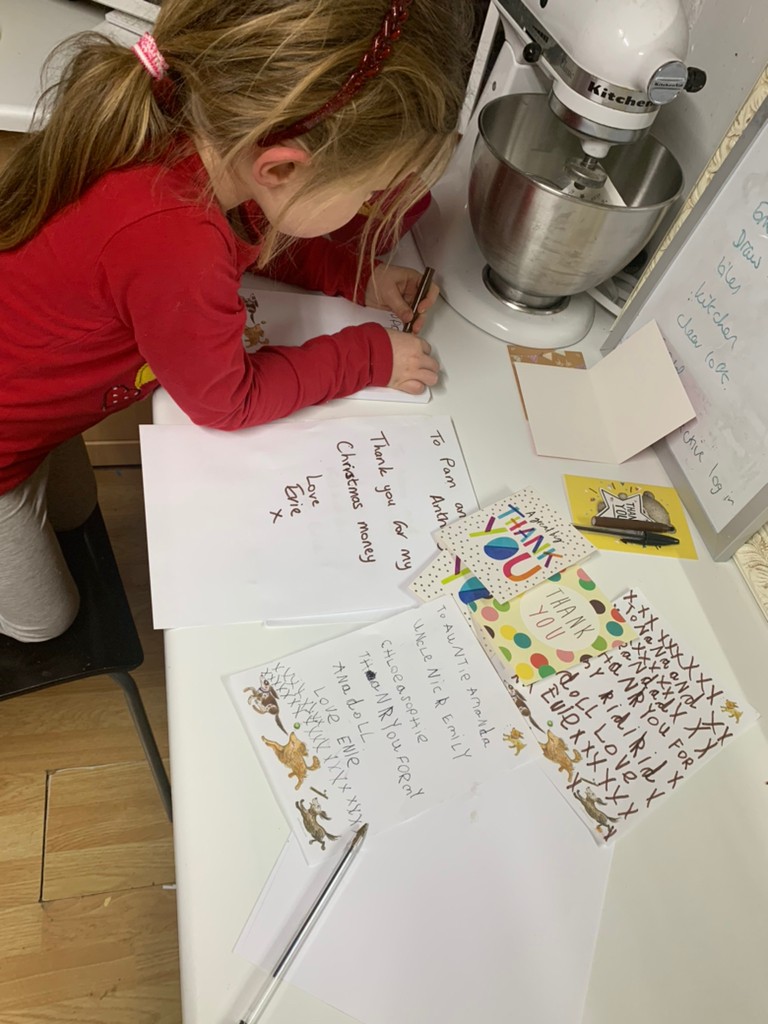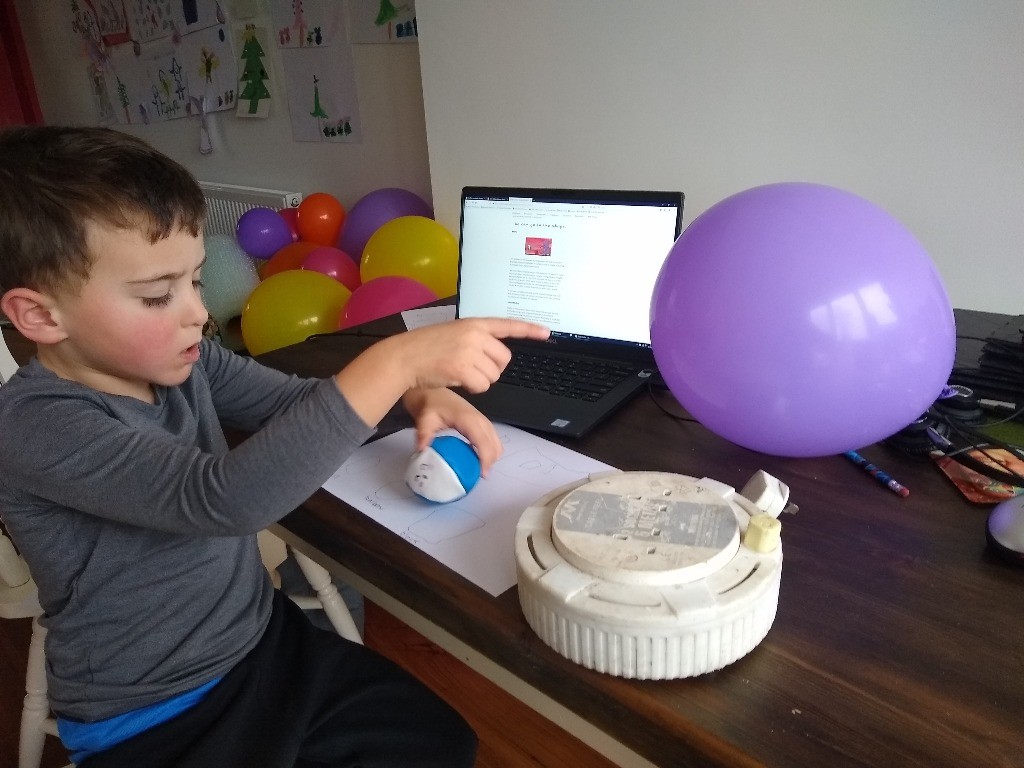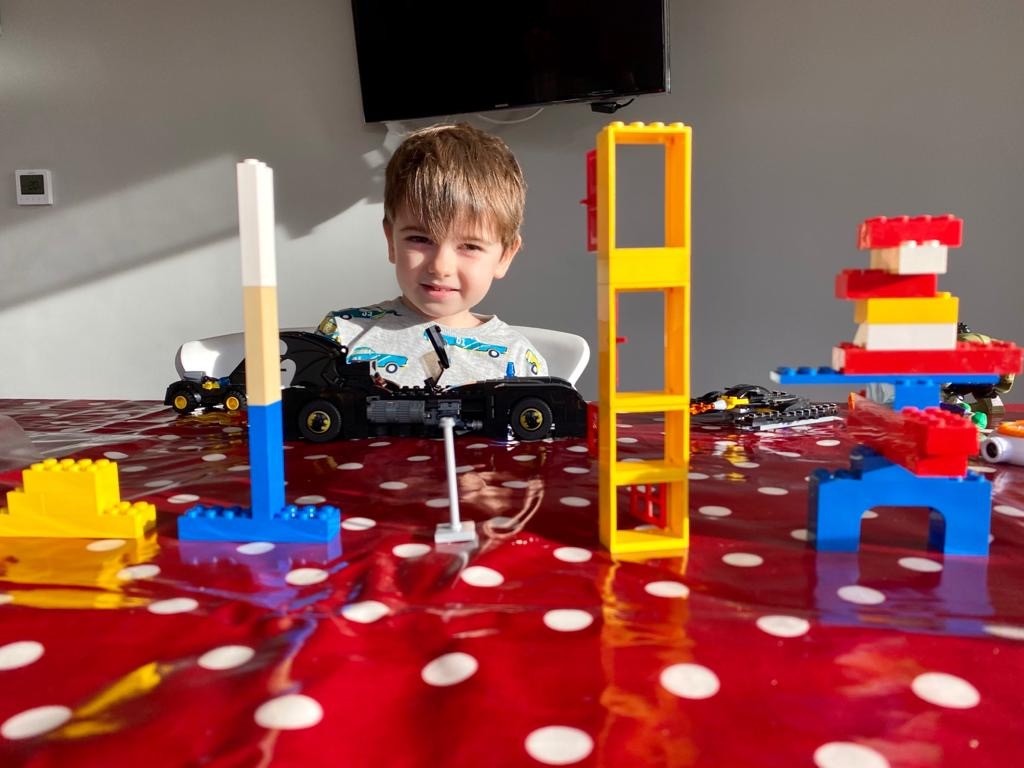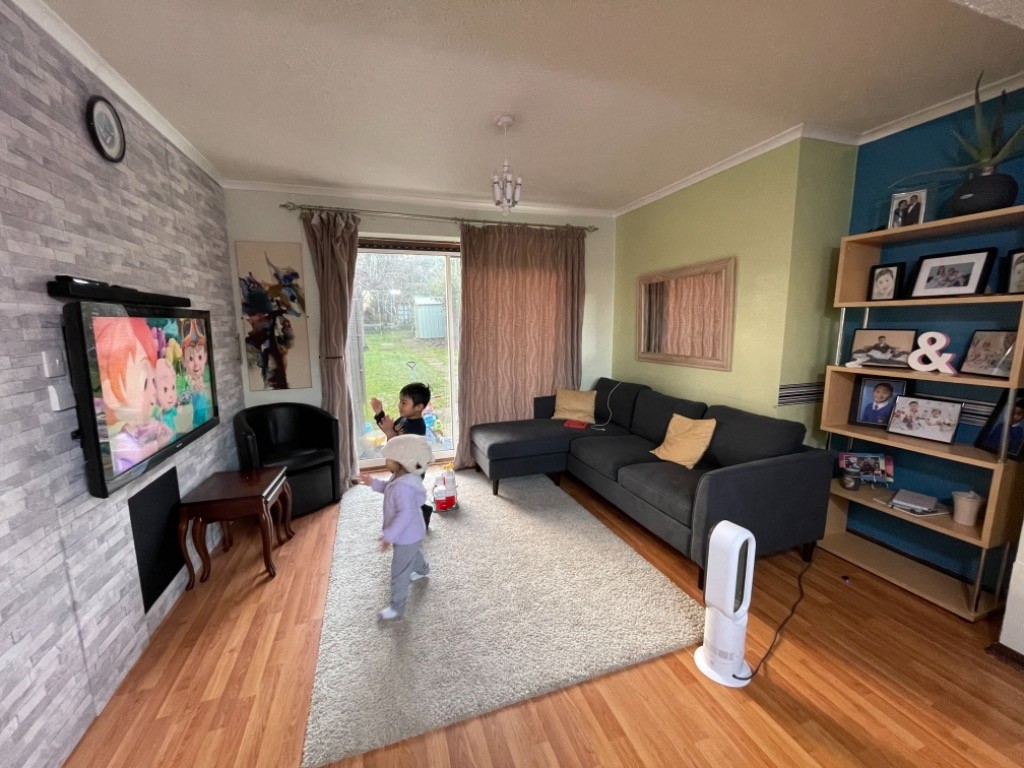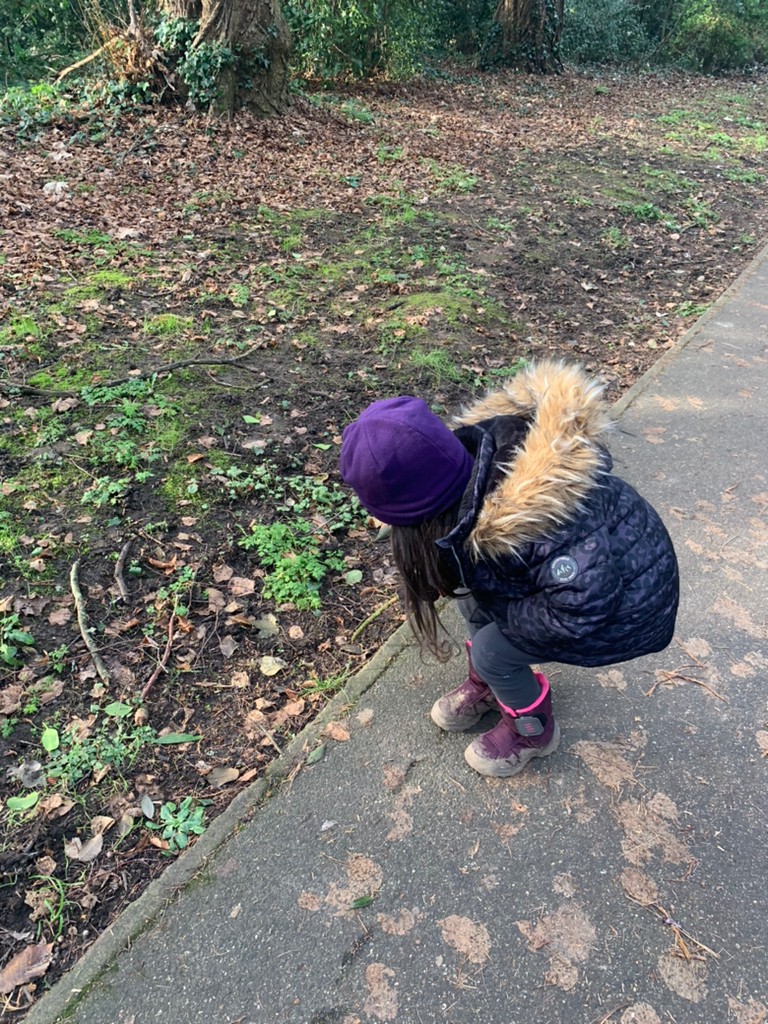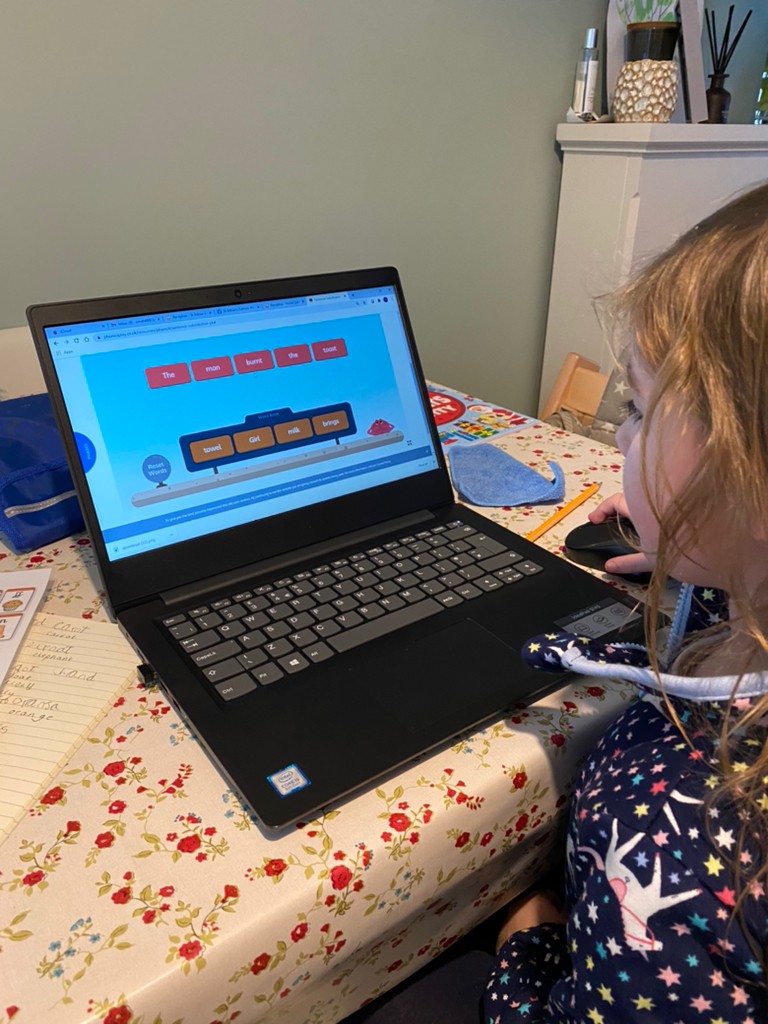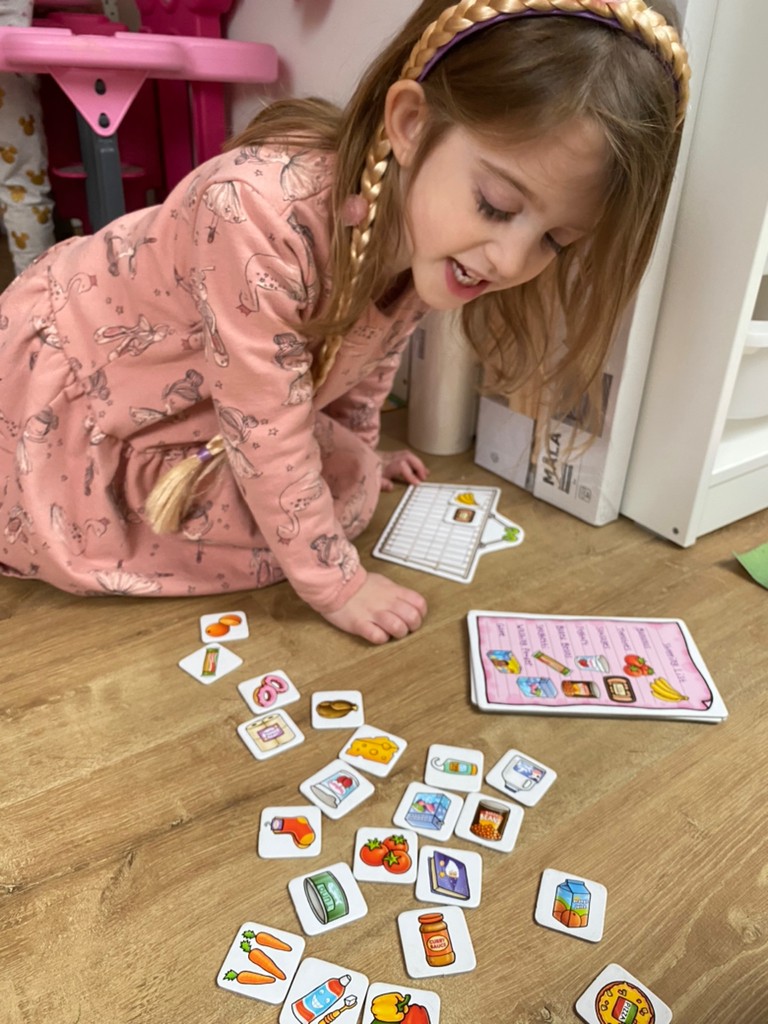Good morning parents and children,
Communication and Language
Making predictions

Making predictions can be quite complex for little ones because it involves analysing information and bringing ideas together. It helps children think about problems to decide what they could do next. Also, when your child is reading to you, being able to make predictions about the story supports comprehension.
- Read a story together. This could be a story book or maybe your child’s reading book.
- Read a few pages to introduce the characters.
- At key places, stop and before you turn the page ask ‘What do you think might happen next?’
- When you read the next page ask ‘Was your prediction right?’
If your child needs a little support, ask more direct questions eg. Goldilocks and The Three Bears – ‘Whose house do you think she will find?’ or offer alternatives for your child to choose from.
Literacy/Letters and Sounds

Draw a story map – The Gingerbread Man
Once your child has listened to the story of The Gingerbread Man a couple of times then draw a story map in front of your child. The maps need to be simple and very clear so that they capture the plot in one go – and can act as a visual reminder.
Here is an example I created.
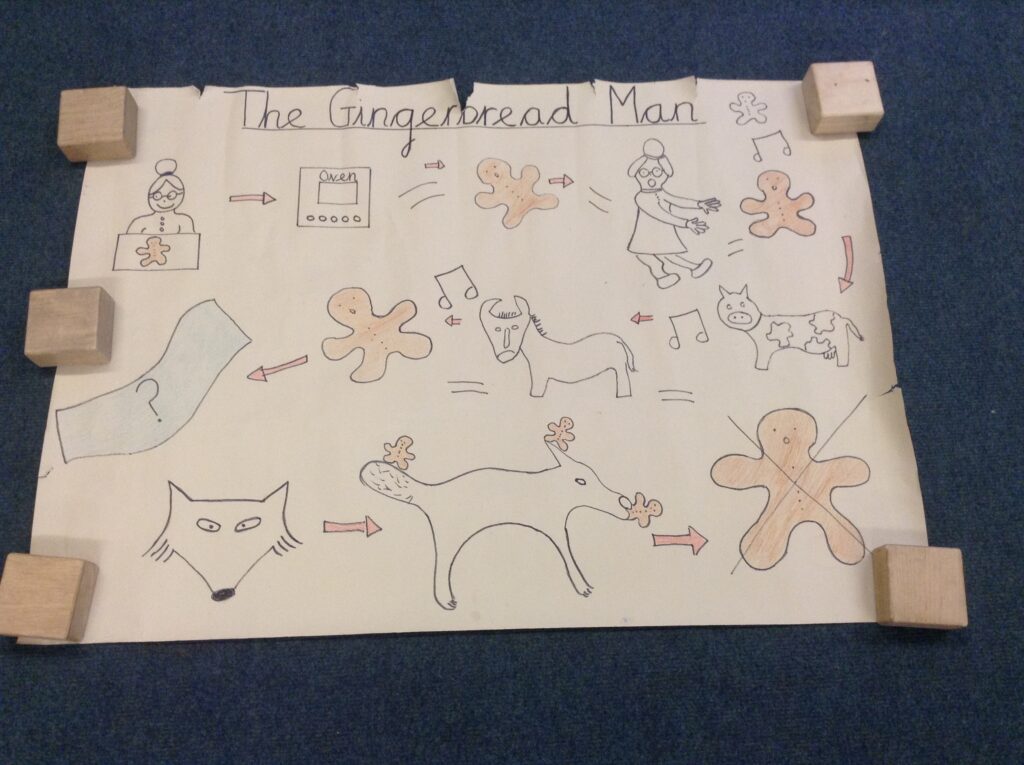
Today’s new sound – ‘ai’ (digraph two letters but one sound)
For a change, I’ve found a different video to introduce the sound. However, you can always google – Mr Thorne Does Phonics ai – to find out what Geraldine gets up to.
This video supports blending and reading words that include the ‘ai’ sound.
Below is the action for ‘ai’ – cup one hand over ear, as if hard of hearing, and say ai?

Show your child how to write ‘ai’ using the correct letter formation.

Letter formation for ‘a’ and ‘i’ can be found in your child’s letters and sounds book.
Encourage your child to ‘have a go’ at writing the ‘ai’ sound.
If your child is ready for a challenge, ask your child to write the following words:

For extra challenge, maybe your child could write a sentence and draw a picture to accompany the sentence.

Maths
Continuing a pattern – repeating
If you completed yesterday’s maths activity, your child should be able to recognise the repeating aspect of a pattern. Continue to explore the step explained yesterday if not (recognising patterns).
Now it’s time to continue a repeating pattern. Begin by starting a pattern using any objects you have available at home (as suggested yesterday). Ensure that more than two colours and several shapes are used in varied examples and provide examples of different lengths of units of repetition. Many children will struggle beyond a repetition that involves four items so adjust the complexity of the pattern according to your child. Continue to encourage your child to describe the features and repetition.
Another opportunity to continue a pattern can be found by printing (manmade stamps, vegetable printing etc.) and finish each other’s creations by finding and repeating the patterns. This is how you can have a go at printing with vegetables.
Veggie Stamp!

- Select any choice of vegetables to cut it in half (take the opportunity to talk about half).
- Encourage your child to choose 3/4 different vegetables or colours.
- Dip the flat side of each vegetable in paint and stamp onto some paper in a repeating pattern (depending, of course, if you have paint at home).
Thank you for all the observations posted on Tapestry. I thought I’d celebrate some of our learning once a week, here goes for this week:
Epiphany and scissor skills
Letters and Sounds/Letter formation
Reading/special story of the day
Scribing a story with some child contributions
Writing for a purpose
Maths
Being physical
Games
Congratulations children and parents, you’re doing a great job!
Nicola Palmer
